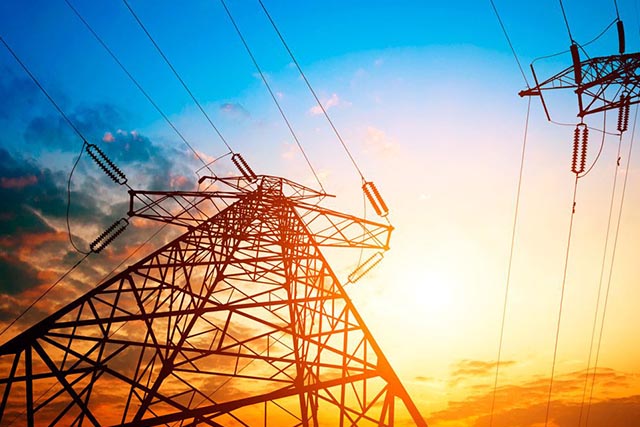- According to data collated by the Indian Energy Exchange, power demand has come down for electricity traded for the 9 pm to 9.15 pm time slot for 5 April delivery.
- PM Modi appealed for switching off lights for 9 minutes at 9 pm on Sunday.
New Delhi: The expected fall in India’s electricity demand at 9 pm on Sunday has resulted in a price crash for the particular time slot on the power exchange market.
According to data collated by the Indian Energy Exchange (IEX), power demand has come down, resulting in a price of 69 paise per unit for electricity traded for the 9 pm to 9.15 pm time slot for 5 April delivery. In comparison, the price per unit of electricity for the same time period for Saturday (4 April) was ₹2.90 per unit.
A day has a total of 96 trading blocks of 15 minutes each.
Mint reported on Saturday how Prime Minister Narendra Modi’s call for switching off lights for 9 minutes at 9 pm on Sunday could result in an electricity load reduction of around 13 giga watts (GW) on India’s power grid, with current lighting load estimated at be 11,344 mega watt (MW).
The all-time low and high for electricity recorded in the spot market was 50 paise per unit and Rs18.2 per unit, respectively. Of the estimated 1,200 billion units (BU) of electricity generated in India, the short-term market comprises 130-150BU.
The average price for electricity traded for Sunday delivery on the exchange market is ₹2.38 per unit as compared to the ₹2.62 per unit price for Saturday.
The average price for electricity traded on the exchange between 1 March and 21 March was ₹2.60 per unit. This has come down to ₹2.13 per unit for the 25 March to 31 March period, during the nationwide lockdown. The average price for electricity traded in the exchange for March was ₹2.46 per unit.
State run Power System Operation Corp. Ltd (Posoco), which oversees the country’s electricity load management functions, in an advisory issued on Saturday, called for the all-India grid frequency to be kept at 49.90 Hz from 8.30 pm onwards on Sunday in view of the anticipated frequency rise due to demand reduction at 9 pm.
“Apprehensions have been expressed that this may cause instability in the grid and fluctuation in voltage, which may harm electrical appliances. Dispelling these apprehensions, the ministry of power said on Saturday that they were misplaced.
India has been in a lockdown since 25 March, which will last until 14 April. Only essential services are allowed to function during the period because of which businesses have shut down and the economy has almost ground to a halt.
This has resulted in peak electricity demand coming down, with commercial and industrial power demand taking a hit after many factories shut down. However, household consumption, which accounts for around a quarter of India’s power demand, has gone up.
Of India’s total electricity demand load pattern, industrial and agricultural consumption account for 41.16% and 17.69%, respectively. Commercial electricity consumption accounts for 8.24% of total demand.
India’s peak electricity demand has been low due to issues such as the precarious finances of some state-owned electricity distribution companies, which prevents them from procuring the required quantum of power.
India registered energy and peak deficits at 0.5% and 0.7%, respectively, between 1 April 2019 and 31 January 2020. Average capacity utilization during the same period was pegged at 56%. India has an installed power generation capacity of 368.69GW.
India’s power demand on 29 March was around 101,207 MW at 6.07 pm and went up to 112,551 MW at 9 pm during the evening peak load compared with peak electricity demand of about 127.96 GW on 25 March, the day the lockdown began. Demand was about 163.73 GW on 20 March. India’s peak demand in 2018-19 was 168.74 GW and touched a record high of 176.72 GW in April last year.


































